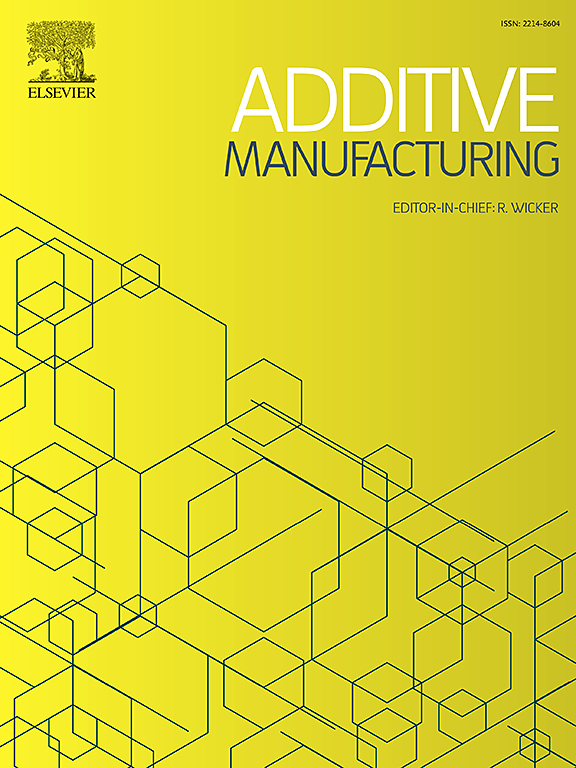Feasibility of 3D-printed polymeric covers for electrode wires in electropolishing of additively manufactured parts with internal channels
IF 10.3
1区 工程技术
Q1 ENGINEERING, MANUFACTURING
引用次数: 0
Abstract
This work discloses the preliminary results of a feasibility study of a novel setup and procedure for electropolishing internal channels of additively manufactured components. A specially designed and printed polymeric cover was assembled with a flexible stainless steel 316 wire to facilitate electropolishing of internal channels with various curvatures. A numerical simulation was conducted for optimization of wire cover designs, and the performance of three designs were analyzed and compared. Following that, experimental studies were conducted to assess the feasibility of the process. The presence of curvatures was found to influence the formation and removal of conductive solid reaction products, thus affecting the electropolishing performance accordingly. A maximum surface roughness Sa reduction from 10.86 ± 0.50 μm to 1.44 ± 0.46 μm was obtained for straight channels after electropolishing for 20 min, while less efficient surface smoothening performance was observed on curved channels. While challenges need to be solved for improving the electropolishing performance and reducing the limit of the channel size that can be electropolished, the methods show significant potential on electropolishing curved internal channels, which can be further used in industrial-scale applications.
具有内通道的增材制造零件电抛光中3d打印电极丝聚合物护套的可行性
这项工作揭示了一种新的装置和程序的可行性研究的初步结果,用于电抛光增材制造部件的内部通道。特别设计和印刷的聚合物盖与柔性不锈钢316线组装在一起,以方便各种曲率的内部通道的电抛光。通过数值模拟对钢丝护套设计进行了优化,并对三种设计的性能进行了分析比较。随后,进行了实验研究,以评估该工艺的可行性。发现曲率的存在会影响导电固体反应产物的形成和去除,从而影响电抛光性能。电解抛光20 min后,直道表面粗糙度Sa从10.86 ± 0.50 μm降至1.44 ± 0.46 μm,而弯曲通道表面光滑效果较差。虽然提高电抛光性能和减小可电抛光通道尺寸的限制需要解决的挑战,但这些方法在电抛光弯曲内部通道方面显示出巨大的潜力,可以进一步用于工业规模的应用。
本文章由计算机程序翻译,如有差异,请以英文原文为准。
求助全文
约1分钟内获得全文
求助全文
来源期刊

Additive manufacturing
Materials Science-General Materials Science
CiteScore
19.80
自引率
12.70%
发文量
648
审稿时长
35 days
期刊介绍:
Additive Manufacturing stands as a peer-reviewed journal dedicated to delivering high-quality research papers and reviews in the field of additive manufacturing, serving both academia and industry leaders. The journal's objective is to recognize the innovative essence of additive manufacturing and its diverse applications, providing a comprehensive overview of current developments and future prospects.
The transformative potential of additive manufacturing technologies in product design and manufacturing is poised to disrupt traditional approaches. In response to this paradigm shift, a distinctive and comprehensive publication outlet was essential. Additive Manufacturing fulfills this need, offering a platform for engineers, materials scientists, and practitioners across academia and various industries to document and share innovations in these evolving technologies.
 求助内容:
求助内容: 应助结果提醒方式:
应助结果提醒方式:


